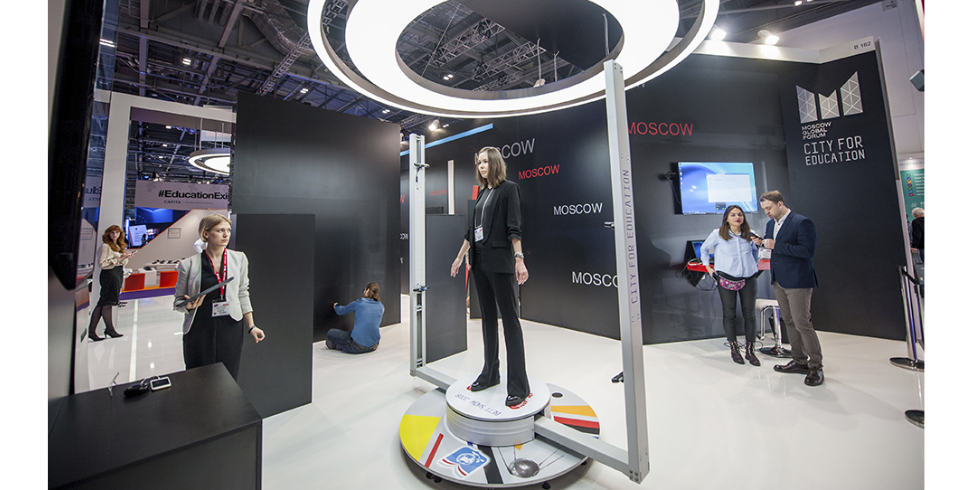Sustainable Fashion: Six Innovative Practices for Fashion Brands to Reduce Waste and Boost Sustainability

Six Innovative Practices for Fashion Brands to Reduce Waste and Boost Sustainability
Nowadays, sustainability has become a crucial aspect for fashion brands to consider. With increasing consumer awareness and demand for eco-friendly practices, it is essential for these brands to embrace innovative approaches that not only reduce their environmental impact but also promote social responsibility.
In this blog post, we will explore six groundbreaking practices that fashion brands can adopt to lead the way toward a more sustainable future. These practices range from utilizing recycled materials and implementing circular economy models to embracing transparency and ethical sourcing.
1. Zero-Waste Pattern Making
In the quest for sustainable fashion, zero-waste pattern-making has emerged as an innovative approach to garment design and production. This innovative technique is driven by the desire to utilize every inch of fabric efficiently, minimizing waste, and contributing to a more environmentally responsible fashion industry.
Traditionally, when garments are crafted, there is often leftover fabric—fabric scraps that end up as waste material. However, zero-waste pattern-making challenges this norm by creating patterns that utilize the entire roll of fabric, leaving no room for excess material to be discarded.

2. Minimizing Wasted Fabric in Production
Another significant practice is reducing the amount of wasted fabric during production. This can be achieved through made-to-measure programs or seamless knit technology, which prevent overproduction and excess inventory.
Additionally, strategic body scanning technologies can tailor garments precisely for each customer, further reducing waste. These strategies not only address environmental concerns but also cater to the growing consumer demand for personalized and well-fitting garments.
It's a testament to how technology and thoughtful design can merge to create an eco-friendlier and more consumer-centric fashion world.

3D Body Scanning Technology
Let's take a look at the key strategies that embody this approach
Made-to-Measure Program
This method involves crafting garments specifically for each customer's measurements and preferences. By producing clothes on demand, this approach eliminates the risk of overproducing certain sizes that may not sell, thus reducing inventory waste.
It's particularly effective for brands that want to offer personalized clothing without the environmental footprint of mass production.
Seamless Knit Technology
Seamless knit technology represents a significant leap in fabric production. By knitting garments in a continuous loop, this technology eliminates the need for cutting and sewing different pieces of fabric together. Since the garment is essentially created as a single piece, there's a dramatic reduction in fabric waste and offcuts that typically result from traditional garment construction.
Strategic Body Scanning
Utilizing advanced body scanning technologies allows for garments to be tailored with incredible accuracy to each individual’s measurements. By ensuring an almost perfect fit from the outset, this technology minimizes the need for subsequent alterations or returns due to poor fit, further reducing waste.
3. Multi-functional Garments
Multifunctional garments represent a sustainable approach in fashion, where a single piece of clothing is designed to serve multiple purposes or be worn in various styles. This innovative concept extends the usability and lifespan of each garment, effectively encouraging consumers to buy less while maximizing the functionality of their wardrobe.
By offering versatile and adaptable clothing options, multifunctional garments not only cater to the diverse needs of consumers but also significantly contribute to reducing fashion waste and promoting a more sustainable consumption pattern.

4. Upcycling
Upcycling involves transforming old, unsold, or discarded garments into new pieces. This creative recycling process not only gives a second life to materials that would otherwise be considered waste but also underscores the sustainable philosophy that what may be regarded as trash for one can indeed be treasured and reinvented as stylish, desirable attire by another.

5. High-Quality, Timeless
Investing in high-quality garments that are timeless in design encourages longer use. A garment that costs more initially but is worn hundreds of times is more sustainable than a cheaper alternative that quickly wears out or goes out of style. These pieces often transcend seasonal trends, maintaining their relevance and appeal over time.
6. Rental Services
Offering rental options for high-quality garments can make sustainable fashion more accessible. This service allows consumers to wear premium clothing for special occasions without the need for ownership. It's a practical solution for both reducing waste and meeting consumer needs for variety and quality.
As a result, rental services strike a balance between sustainable practices and meeting the evolving fashion needs of consumers, demonstrating a practical solution in the move towards a more eco-conscious fashion industry.
In Conclusion
The evolution of sustainable practices in the fashion industry is not just a trend but a necessary shift towards a more responsible future. The adoption of zero-waste production, multifunctional garments, upcycling, and rental services reflects a growing consciousness in the fashion world about the environmental and ethical implications of clothing production and consumption. These practices offer a blueprint for brands to reduce their ecological footprint while meeting consumer demands for quality, style, and personalization. Embracing these sustainable methodologies is more than a business strategy; it's a commitment to preserving our planet and ensuring the longevity and health of the fashion industry for future generations. As consumers become more aware and concerned about the impact of their fashion choices, brands that lead the way in sustainability will not only thrive but also play a crucial role in shaping a greener, more ethical fashion landscape.
About FittDesign
FittDesign is a full-service design and production company specializing in the sportswear and activewear industry. We provide comprehensive solutions including innovative design, detailed technical packs, and high-quality manufacturing. Our expertise supports brands in creating functional and durable sportswear that meets the demands of a competitive market.
Ready to Bring Your Activewear Vision to Life?
Contact Us today and let’s get started on your project!
